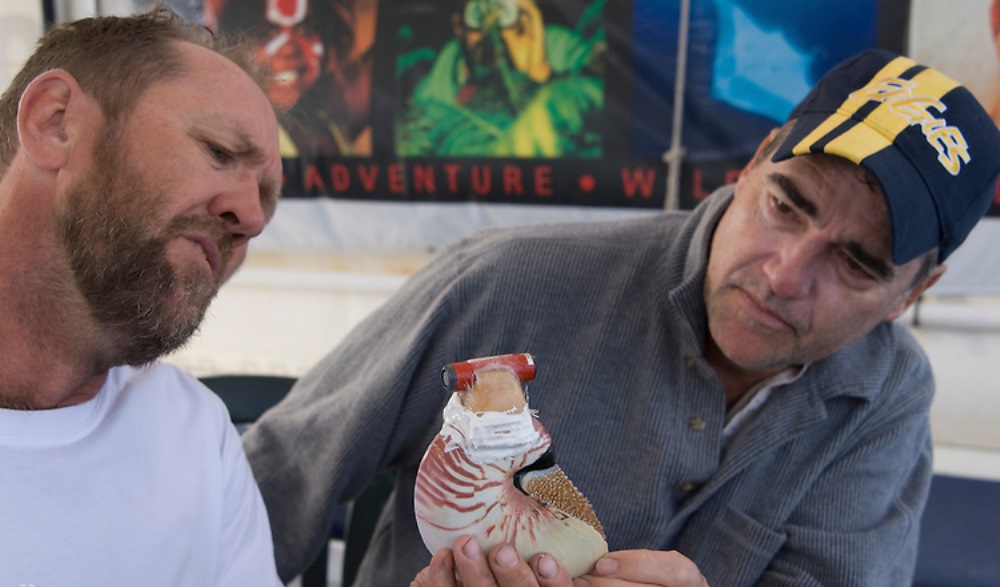FOLLOWING the discovery of a new endemic Fijian nautilus species in Savusavu, the Ministry of Fisheries will soon create an outreach program to regulate the statuses of the nautiluses.
A statement from the ministry said these messages would highlight research work in Fiji and the first exhibition of Fijian nautiluses in the United States, bringing attention to these important conservation efforts for nautiluses, the deep-sea and the entire ocean ecosystem.
The statement said given that Fiji did not have nautilus fisheries, it was critical to gain a better understanding of the population dynamics of nautiluses within Fiji, and the deep-sea ecosystem, to compare and contrast with other populations throughout the Indo-Pacific.
“For these regulations to be effective, it is imperative to continue conducting nautilus surveys throughout Fiji and the greater Indo-Pacific region,” the statement said.
“Save the Nautilus is committed to this work building upon previous partnerships and growing new relationships and collegial work within Fiji. “At the same time, laboratory and aquarium study is essential for improving our understanding of nautilus reproduction, behaviour, and learning and memory capabilities.
“This work will help to inform field expeditions and management of the species.”
The new species of nautilus known as the Nautilus vitiensis was discovered in Savusavu last week.
Marine biologist Prof Gregory Barord said they had started a five-year project in Fiji that began in 2013 and they had returned recently to see what changes there might be with the abundance of the nautiluses.
Biology professor at the University of Washington Prof Peter Ward said for the first time last year, they were able to get international protection for nautilus shells based on the Convention on International Trade in Endangered Species (CITES).
Prof Ward added that this much-needed international protection came after the species was threatened by trade because of a rise in the demand for its beautiful shells.






